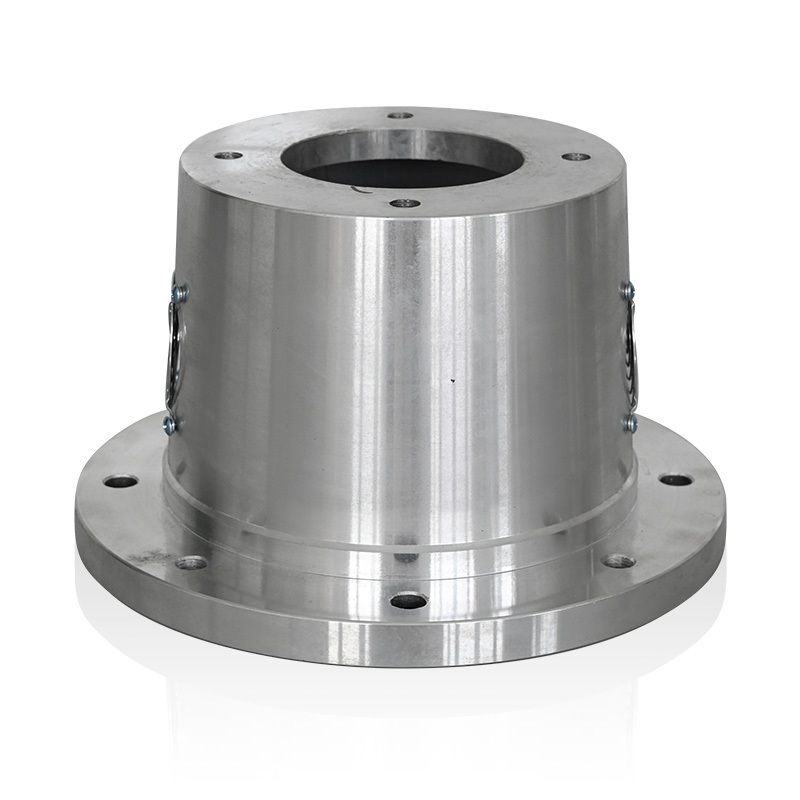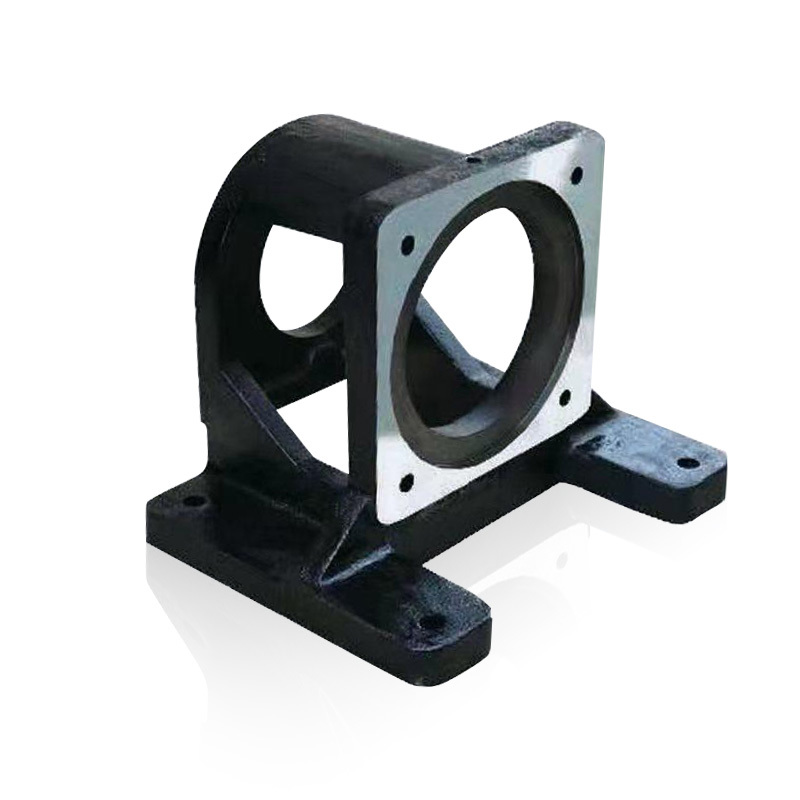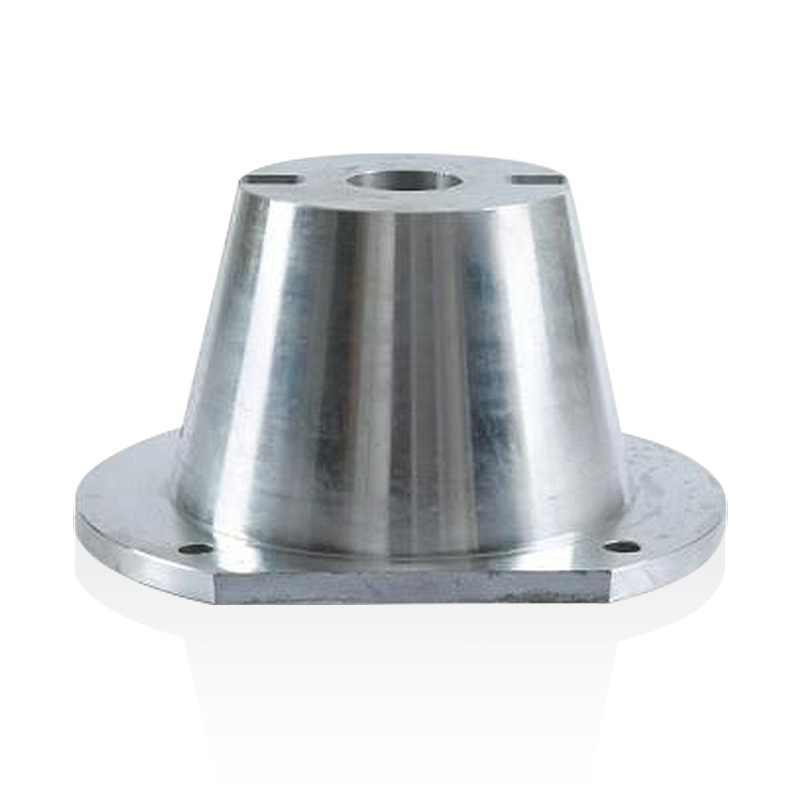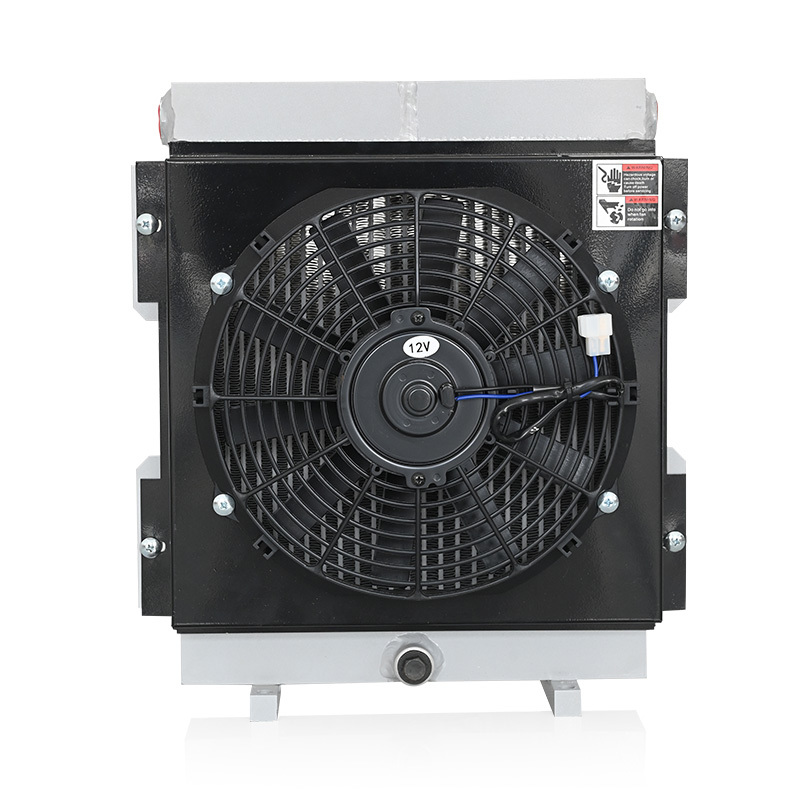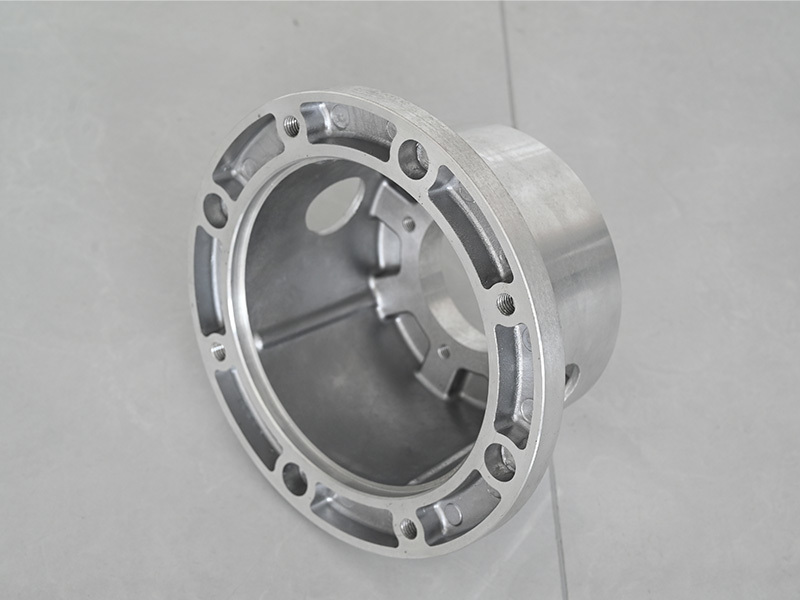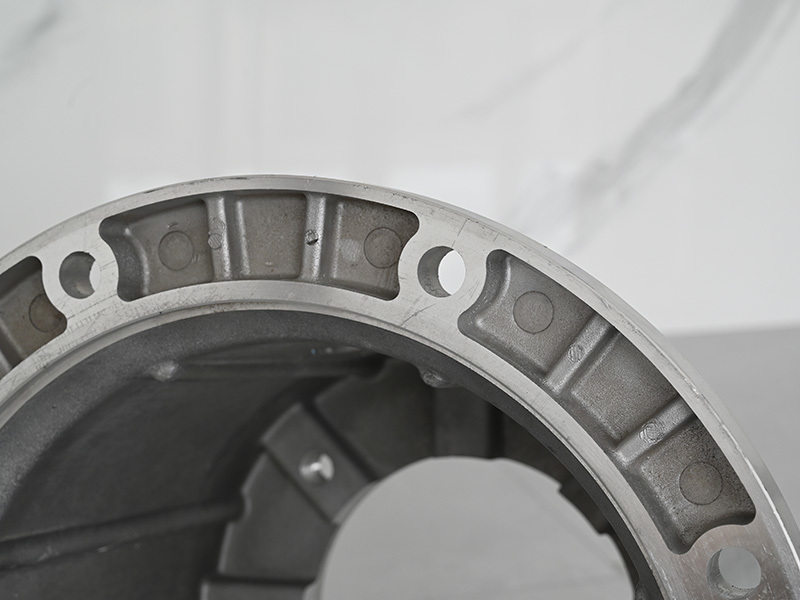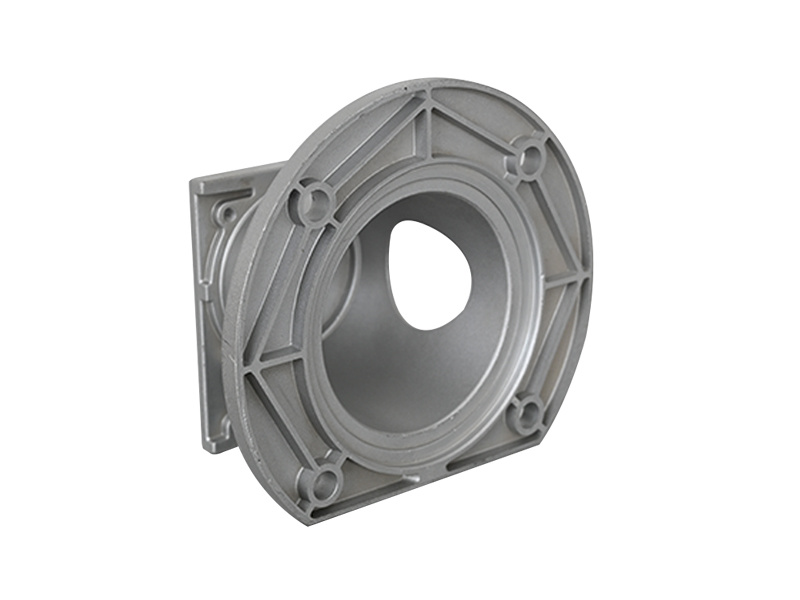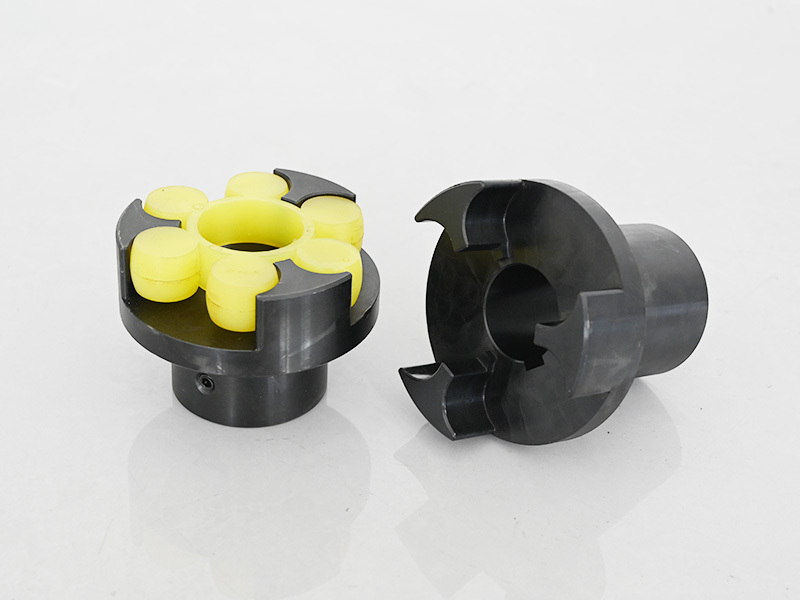Understanding Plum Elastic Couplings: A Vital Component in Industrial Equipment
Release Time:
Jul 11,2025
In the realm of industrial equipment and components, the plum elastic coupling is a crucial element that plays a significant role in the functionality and efficiency of various machinery. This type of coupling is designed to connect two shafts and transmit torque while accommodating misalignment and vibrations. Understanding the workings of plum elastic couplings is essential for anyone involved i
In the realm of industrial equipment and components, the plum elastic coupling is a crucial element that plays a significant role in the functionality and efficiency of various machinery. This type of coupling is designed to connect two shafts and transmit torque while accommodating misalignment and vibrations. Understanding the workings of plum elastic couplings is essential for anyone involved in the design, maintenance, or operation of industrial systems.
Plum elastic couplings are characterized by their flexible design, which typically includes an elastomeric element that allows for controlled deformation. This flexibility enables the coupling to absorb shocks and vibrations, which can greatly reduce wear and tear on both the coupling itself and the connected machinery. By minimizing the impact of misalignment, these couplings help in ensuring smoother operation, thereby enhancing the overall performance and lifespan of the equipment.
One of the primary benefits of using plum elastic couplings is their ability to handle various types of misalignment, whether it be angular, parallel, or axial. This adaptability is particularly valuable in industrial settings where precise alignment is often challenging due to the dynamic nature of machinery operation. By accommodating misalignment, plum elastic couplings can help to prevent premature failure of components, leading to reduced downtime and maintenance costs.
Additionally, plum elastic couplings are known for their ability to transmit high torque loads while maintaining a compact design. This feature makes them suitable for a wide range of applications, from conveyor systems to pumps and motors. Their lightweight nature also contributes to overall efficiency, reducing the energy consumption of the machinery they are integrated into.
When selecting a plum elastic coupling, it is essential to consider factors such as the torque requirements, the types of loads the coupling will encounter, and the operational environment. Ensuring compatibility with the specific application will maximize the performance and longevity of the coupling, ultimately leading to better operational efficiency.
In summary, plum elastic couplings serve a pivotal role in the industrial equipment landscape. Their unique ability to compensate for misalignment, absorb shocks, and transmit torque makes them an indispensable choice for many applications. By understanding the benefits and functionalities of plum elastic couplings, industrial operators can make informed decisions that will enhance the efficiency and reliability of their systems. Whether you are involved in machinery design or maintenance, recognizing the importance of these couplings can lead to improved operational outcomes and reduced costs in the long run.
Plum elastic couplings are characterized by their flexible design, which typically includes an elastomeric element that allows for controlled deformation. This flexibility enables the coupling to absorb shocks and vibrations, which can greatly reduce wear and tear on both the coupling itself and the connected machinery. By minimizing the impact of misalignment, these couplings help in ensuring smoother operation, thereby enhancing the overall performance and lifespan of the equipment.
One of the primary benefits of using plum elastic couplings is their ability to handle various types of misalignment, whether it be angular, parallel, or axial. This adaptability is particularly valuable in industrial settings where precise alignment is often challenging due to the dynamic nature of machinery operation. By accommodating misalignment, plum elastic couplings can help to prevent premature failure of components, leading to reduced downtime and maintenance costs.
Additionally, plum elastic couplings are known for their ability to transmit high torque loads while maintaining a compact design. This feature makes them suitable for a wide range of applications, from conveyor systems to pumps and motors. Their lightweight nature also contributes to overall efficiency, reducing the energy consumption of the machinery they are integrated into.
When selecting a plum elastic coupling, it is essential to consider factors such as the torque requirements, the types of loads the coupling will encounter, and the operational environment. Ensuring compatibility with the specific application will maximize the performance and longevity of the coupling, ultimately leading to better operational efficiency.
In summary, plum elastic couplings serve a pivotal role in the industrial equipment landscape. Their unique ability to compensate for misalignment, absorb shocks, and transmit torque makes them an indispensable choice for many applications. By understanding the benefits and functionalities of plum elastic couplings, industrial operators can make informed decisions that will enhance the efficiency and reliability of their systems. Whether you are involved in machinery design or maintenance, recognizing the importance of these couplings can lead to improved operational outcomes and reduced costs in the long run.
Keywords:
You Can Also Learn More About Industry Trends


